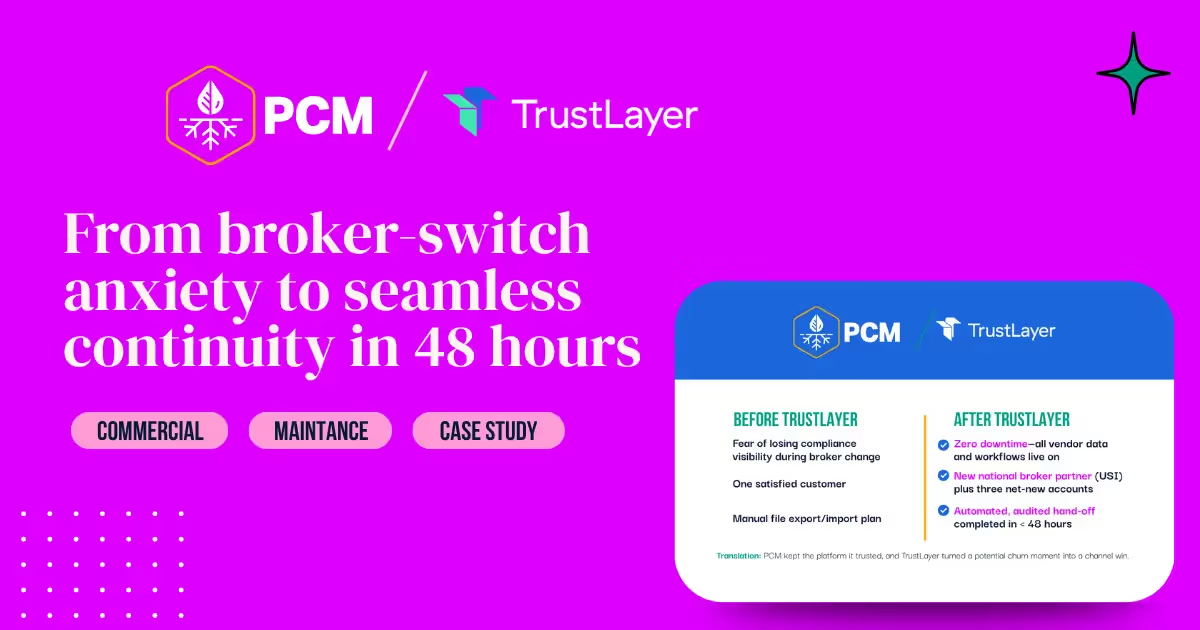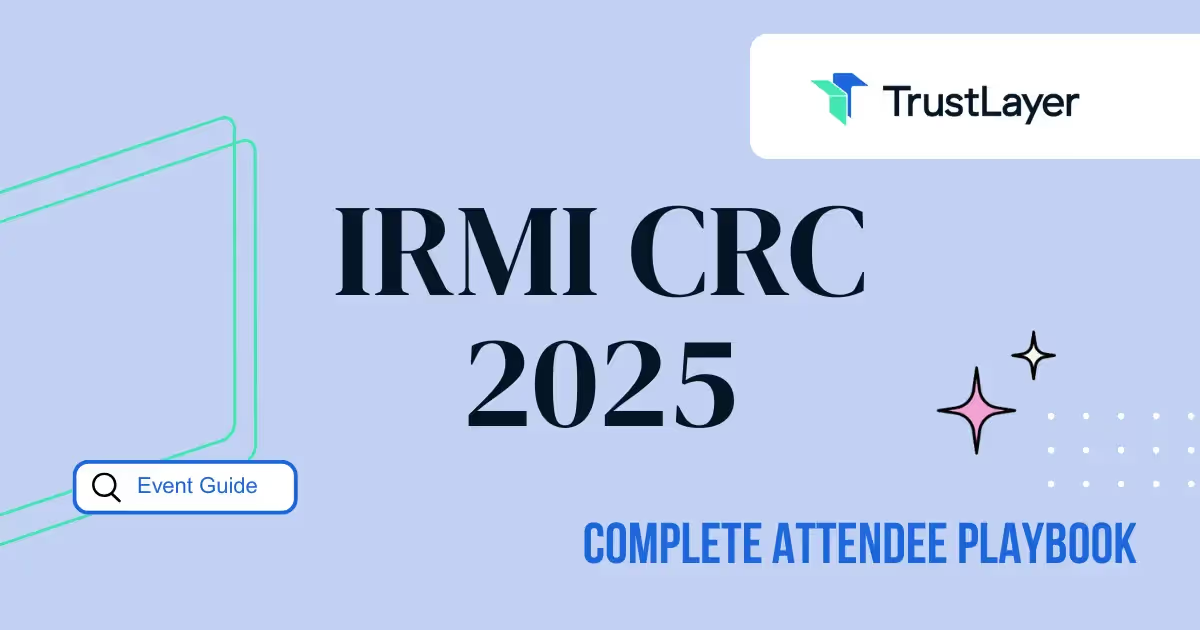What Is A Hold Harmless Agreement?

A hold harmless agreement is a legal concept that plays a crucial role in various contracts and agreements. It is often used to protect one party from legal liability for actions or negligence that may occur during the execution of a contract. Understanding the nuances of hold harmless clauses can help individuals and businesses navigate their responsibilities and risks more effectively.
Understanding Hold Harmless Agreements
At its core, a hold harmless agreement is a provision in a contract where one party agrees not to hold the other party responsible for any potential losses or damages. This can apply in numerous contexts, from construction contracts to lease agreements. The party that is held harmless is essentially shielded from legal claims that may arise from the actions of the other party.
Types of Hold Harmless Agreements
Hold harmless agreements can be categorized into two main types: broad and limited. A broad hold harmless clause offers extensive protection, covering all potential liabilities, while a limited clause specifies certain situations or conditions under which one party will not be held liable.
For instance, in a construction contract, a contractor may include a broad hold harmless clause to protect themselves from any claims arising from accidents on the job site. Conversely, a limited clause only protects the contractor from claims resulting from their negligence, leaving them liable for other issues.
Common Uses of Hold Harmless Clauses
These agreements are prevalent in various industries. For example, in real estate, landlords often require tenants to sign a hold harmless agreement to protect themselves from any legal claims arising from tenant activities. Similarly, in the event of an event or activity, organizers may ask participants to sign a hold harmless waiver to mitigate their liability.
In the realm of sports, coaches and organizations frequently use hold harmless agreements to shield themselves from lawsuits related to injuries sustained during practices or games. This helps ensure that participants understand the risks involved and agree not to pursue legal action against the organizers. Additionally, these agreements can foster a sense of responsibility among participants, encouraging them to take precautions to avoid injuries, knowing that they have accepted the risks associated with their activities.
Moreover, hold harmless agreements are also common in the realm of professional services, such as consulting or legal advice. Professionals may require clients to sign these agreements to protect themselves from claims that may arise from the advice or services rendered. This is particularly important in industries where the stakes are high and the potential for litigation is significant. By clearly outlining the limits of liability, professionals can focus on delivering their services without the constant worry of legal repercussions stemming from their clients' decisions.
The Importance of Hold Harmless Clauses
Hold harmless clauses serve several vital purposes in contracts. They help clarify the responsibilities of each party and outline the extent of liability. This clarity can prevent disputes and misunderstandings that may arise during the contract's execution.
Risk Management
One of the primary reasons for including a hold harmless clause in a contract is to manage risk. By defining liability upfront, parties can better manage their exposure to potential legal claims. This is particularly important in high-risk industries, where accidents or unforeseen events can lead to significant financial repercussions. For instance, in construction contracts, subcontractors often face various risks, from property damage to personal injury. A hold harmless clause can protect general contractors from liability arising from the actions of subcontractors, thereby ensuring that each party is aware of their responsibilities.
For businesses, having a hold harmless agreement in place can also enhance their credibility. It demonstrates a commitment to responsible practices and can foster trust between parties. When both sides understand their obligations and liabilities, it creates a more stable working relationship. This stability is crucial in industries where partnerships are essential for success, such as in joint ventures or collaborative projects. By establishing clear expectations, businesses can focus on their core objectives rather than getting bogged down in potential legal disputes.
Legal Protection
Hold harmless agreements provide a layer of legal protection for parties involved in a contract. In the event of a dispute, having a well-drafted hold harmless clause can be instrumental in defending against claims. Courts often uphold these agreements as long as they are clear and unambiguous, which underscores the importance of precise language in contract drafting. Additionally, these clauses can serve as a deterrent against frivolous lawsuits, as parties may think twice before pursuing claims that are addressed in the contract.
However, it is essential to note that the enforceability of hold harmless clauses can vary based on jurisdiction and specific circumstances. Therefore, parties should consider seeking legal counsel when drafting or entering into agreements that contain these provisions. Legal experts can provide valuable insights into the nuances of local laws and help tailor the language of the clause to ensure it meets the specific needs of the parties involved. Furthermore, understanding the legal landscape can help parties anticipate potential challenges and prepare accordingly, reinforcing the importance of thorough legal review in contract negotiations.
Drafting a Hold Harmless Agreement
Creating an effective hold harmless agreement requires careful consideration and attention to detail. The language used in the agreement should be clear and specific to avoid any potential ambiguities that could lead to disputes in the future. A well-drafted agreement not only protects the parties involved but also fosters a sense of trust and professionalism in their dealings.
Key Elements to Include
When drafting a hold harmless agreement, several key elements should be included. First and foremost, the agreement should identify the parties involved. This includes providing full names and any relevant business information. It's also beneficial to include the addresses of the parties, as this can help in establishing jurisdiction should any disputes arise.
Next, the agreement should outline the scope of the hold harmless provision. This involves specifying what types of claims or liabilities are covered. Whether it is injuries, property damage, or other liabilities, clarity is crucial. For instance, if the agreement pertains to a construction project, it may be necessary to detail whether it covers accidents on-site, damages to third-party property, or even environmental liabilities that may arise during the project’s duration.
Additionally, the agreement should include any limitations or exclusions that are applicable. For instance, if the hold harmless clause does not cover cases of gross negligence or intentional misconduct, this should be explicitly stated. This is particularly important in industries where safety is paramount, as it ensures that all parties are aware of the boundaries of their responsibilities and liabilities.
Consulting Legal Expertise
Due to the complexities involved in drafting hold harmless agreements, it is often advisable to consult with a legal professional. An attorney can provide valuable insights into the specific language that should be used and help ensure that the agreement complies with applicable laws. They can also highlight any local regulations or industry standards that may impact the enforceability of the contract.
Moreover, legal counsel can help tailor the agreement to meet the unique needs of the parties involved. This personalized approach can help mitigate risks and enhance the effectiveness of the hold harmless provision. Additionally, an attorney can guide the parties through the negotiation process, ensuring that all concerns are addressed and that the final agreement reflects a fair balance of risk and responsibility. This collaborative effort can lead to a more robust agreement that stands the test of time and legal scrutiny.
Potential Challenges and Considerations
While hold harmless agreements can offer significant benefits, they are not without challenges. Parties must be aware of potential pitfalls that could arise during the execution of these agreements.
Enforceability Issues
One of the primary concerns with hold harmless clauses is their enforceability. Courts may scrutinize these agreements to ensure they are reasonable and not overly broad. If a hold harmless clause is deemed unconscionable or unfair, it may be invalidated.
Additionally, certain jurisdictions may have specific laws governing the enforceability of hold harmless agreements, particularly in cases involving personal injury or property damage. Parties need to understand the legal landscape in their area to avoid pitfalls. For instance, some states may have statutes that limit the extent to which one party can absolve itself of liability, especially in cases of gross negligence or willful misconduct. This means that even a well-drafted hold harmless agreement could be rendered ineffective if it attempts to shield a party from liability in such scenarios.
Communication and Transparency
Effective communication between parties is crucial when entering into a hold harmless agreement. Both parties should thoroughly understand the implications of the agreement and the associated risks. Transparency can help foster trust and prevent misunderstandings that may lead to disputes down the line.
Furthermore, parties should ensure that all relevant information is disclosed before signing the agreement. This includes any potential risks associated with the activity or contract in question. Clear communication can mitigate the likelihood of legal challenges arising from the hold harmless provision. In addition, it may be beneficial for parties to engage legal counsel during the negotiation process to clarify terms and ensure that all parties are on the same page. This proactive approach not only helps in drafting a more robust agreement but also reinforces the commitment to transparency, thereby reducing the chances of future conflicts.
Real-World Examples of Hold Harmless Agreements
To better understand how hold harmless agreements function in practice, consider a few real-world scenarios where these clauses are commonly utilized.
Construction Projects
In the construction industry, hold harmless agreements are often included in contracts between contractors and property owners. For example, a contractor may agree to indemnify the property owner against any claims arising from accidents or injuries that occur during the construction process. This protects the property owner from potential lawsuits while allowing the contractor to operate without fear of liability.
Additionally, subcontractors may also be required to sign hold-harmless agreements with general contractors, further extending the liability protections throughout the construction chain. This layered approach helps ensure that all parties are aware of their responsibilities and liabilities. Furthermore, these agreements can also cover damages to property or equipment, ensuring that if an accident occurs due to negligence or unforeseen circumstances, the financial burden does not fall on the property owner. This is particularly crucial in large-scale projects where the stakes are high, and the potential for costly delays or legal battles can jeopardize the entire operation.
Event Planning
Event organizers frequently use hold harmless agreements to protect themselves from liability related to injuries or accidents that may occur during an event. For instance, a sports tournament organizer may require participants to sign a waiver that includes a hold harmless clause. This protects the organizer from lawsuits stemming from injuries sustained during the event.
Such agreements are significant in high-contact sports or activities where the risk of injury is elevated. By having participants acknowledge the risks and agree not to hold the organizers liable, event planners can focus on delivering a successful event without the looming threat of legal claims. Moreover, these agreements can also extend to vendors, volunteers, and spectators, creating a comprehensive shield against potential liabilities. For example, if a vendor's equipment malfunctions and causes injury, the hold harmless agreement can protect the event organizer from being held responsible, allowing them to maintain their reputation and financial stability. This proactive approach not only fosters a safer environment but also encourages more participants and vendors to engage, knowing that the risks are clearly defined and managed.
Conclusion
Hold harmless agreements are essential tools for managing risk and liability in various contractual relationships. By understanding the purpose and implications of these clauses, individuals and businesses can better navigate their legal responsibilities and protect themselves from potential claims.
Whether in construction, real estate, or event planning, hold harmless agreements provide a framework for defining liability and fostering trust between parties. However, careful drafting and clear communication are crucial to ensure that these agreements are enforceable and effective.
Ultimately, while hold harmless agreements can offer significant protection, parties should remain vigilant and informed about the legal landscape surrounding these clauses. By doing so, they can minimize risks and enhance their overall contractual relationships.
As you consider the protective benefits of hold harmless agreements, remember that managing risk effectively in today's fast-paced world requires more than just legal clauses. TrustLayer is revolutionizing risk management by automating the verification of crucial compliance documents, such as certificates of insurance, streamlining the process for modern risk managers. Embrace innovation and eliminate the administrative burden of traditional document management. It's time to move forward with TrustLayer, the leading solution built in collaboration with industry experts. Don't let outdated methods hold your business back. Schedule a time to speak with our team and learn how we can help you manage risks efficiently and confidently.
















